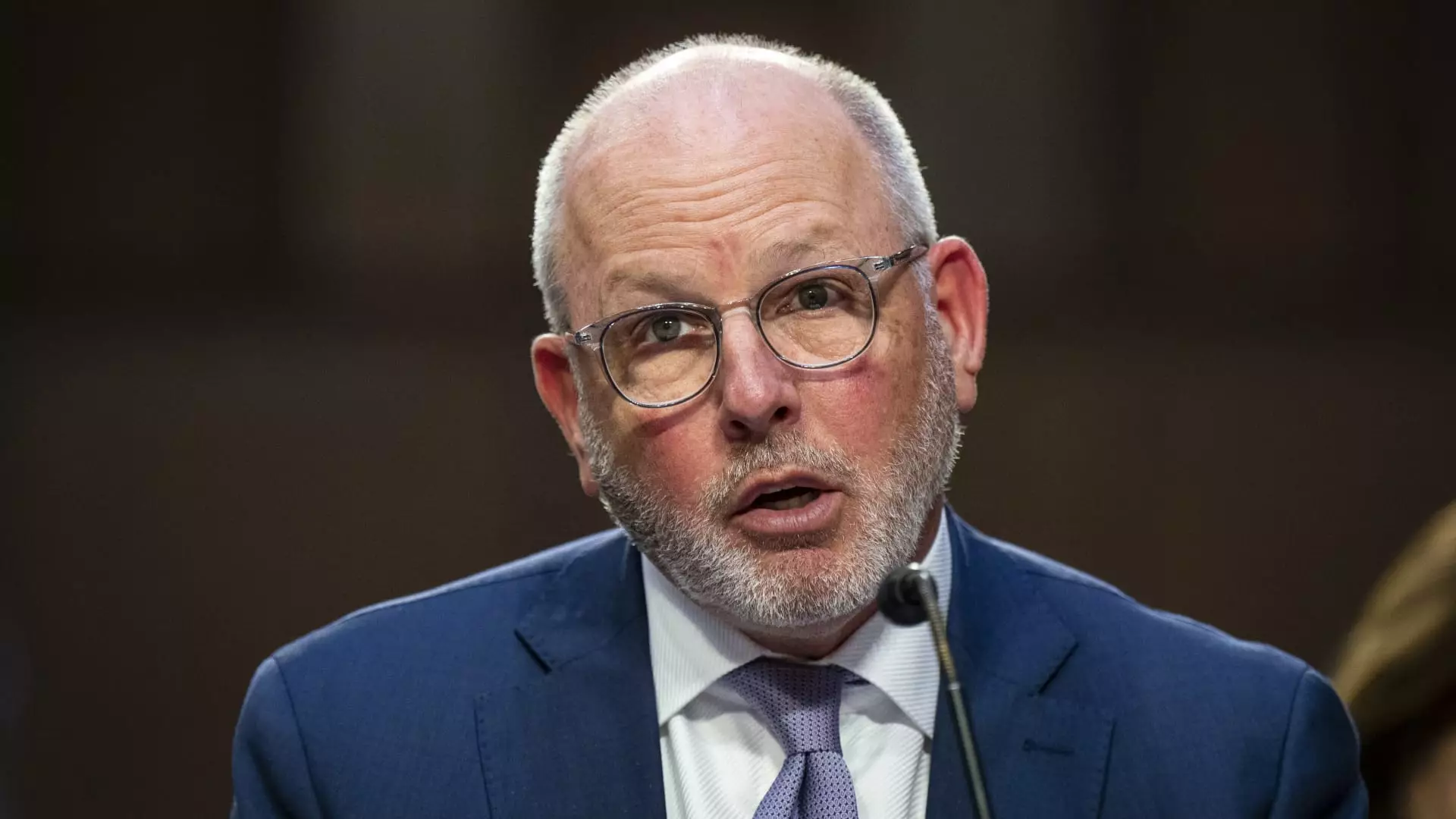The pharmaceutical industry in the United States is a complex and often contentious arena, marked by the influential role of pharmacy benefit managers (PBMs). Recently, CVS Health’s CEO David Joyner defended PBMs, particularly his company’s subsidiary, Caremark, against accusations of inflating prescription costs. As public and political attention intensifies around healthcare costs, Joyner’s remarks during CVS’s fourth-quarter earnings call shed light on the intricacies involved in drug pricing and the dynamics of the healthcare supply chain.
PBMs, which mediate between drug manufacturers, insurers, and pharmacies, are tasked with negotiating drug prices and formulary lists while also managing reimbursement protocols. However, they have come under scrutiny from multiple quarters—ranging from lawmakers to pharmaceutical advocates—who argue they contribute to increased costs rather than alleviate them. Critics assert that PBMs misrepresent their role in the marketplace, suggesting that they prioritize profit over patient care.
During his opening remarks, Joyner spent considerable time addressing the criticisms leveled against PBMs, asserting that they serve a pivotal role in managing healthcare expenses. He contended that PBMs like Caremark are essential to counterbalancing “monopolistic tendencies” exhibited by drug manufacturers, which he claims inflate prices for their medications. This assertion aims to shift the blame away from PBMs towards pharmaceutical companies, which Joyner alleges are responsible for excessive pricing strategies that place a financial burden on patients and the healthcare system.
Joyner highlighted various external factors influencing rising drug costs, including increased patient access to services, heightened operating expenses for healthcare providers, the ongoing labor shortage, and significant price hikes by branded drug manufacturers. His comments reflect an attempt to navigate the complicated realities of healthcare economics while defending the value proposition offered by PBMs. By framing PBMs as a necessary mechanism for cost containment, he aims to reinforce their legitimacy within the broader health system.
Despite Joyner’s assertions regarding the medicinal contributions of PBMs, numerous analyses suggest a different narrative, particularly the perception that these entities primarily enrich themselves from the negotiated savings. Critics point out that the lack of transparency in PBM operations fuels skepticism over whether consumers actually benefit from the rebates negotiated with pharmaceutical companies. Prominent voices within the pharmaceutical industry have pushed back against Joyner’s claims, arguing that without clear accountability, the savings generated through negotiations may not directly impact end consumers as intended.
In fact, the Pharmaceutical Research and Manufacturers of America (PhRMA) recently highlighted the need for heightened scrutiny of PBMs. They posited that while PBMs negotiate discounts, these deals frequently translate into inflated prices upstream, leaving patients and pharmacies to bear the burden of rising costs. The transparency issue is critical, as patients seek clarity on how drug pricing mechanisms function and how benefits distributed by insurance providers truly reflect negotiated savings.
The ongoing dialogue surrounding PBMs has caught the attention of lawmakers from both political parties, with a growing consensus that reforms may be warranted to ensure a more equitable healthcare landscape. Investigations regarding the practices and impact of PBMs are gaining traction, suggesting a potentially transformative moment for how these intermediaries operate and are regulated within the healthcare system.
Joyner’s remarks come at a time when there is increasing pressure on PBMs to demonstrate their value while ensuring that the benefits of their operations extend to patients rather than being absorbed by the industry. This environment positions PBMs at a crossroads, where their future operations may need to evolve towards greater transparency, accountability, and patient-centricity.
As the debate around PBMs unfolds, it is clear that their role in the healthcare system remains contentious and pivotal. While Joyner emphasizes the potential benefits of PBMs in curbing prescription costs, the critical voices demanding reform spotlight significant concerns about the industry’s practices. To restore trust and foster genuine cost reductions in drug pricing, stakeholders must engage in comprehensive discussions aiming for an optimal balance that transcends traditional profit motives and prioritizes patient well-being. The path forward hinges on collaborative reforms that ensure financial savings are transparently passed on to the consumers who rely most on these essential healthcare services.



Leave a Reply